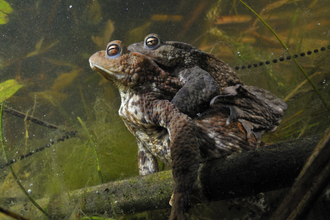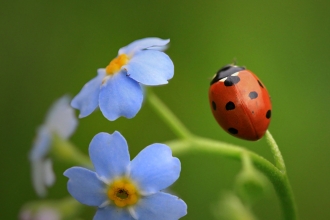Ladybird ladybird, fly away home was one of the first rhymes that I learnt as a child. It's a verse that's familiar to most of us and, like me, I imagine that you too fell in love with these bright, rotund little critters when you were small. They’d happily bumble around on my hand if I could persuade them to hop on. I distinctly remember the day when I discovered they were actually beetles. I'll admit it, spiders I loved but those black things that scuttled around on the ground? They freaked me out! Beetles? Ladybirds were beetles? I was shocked. How could these beauties be those scuttlers? In that moment, I’d gained a new appreciation of both the bright little ladies and the ‘ugly’ black ground dwellers.
It should come as no surprise that the collective noun for ladybirds is a loveliness; these pretty beetles have been admired since the Middle Ages. In fact, they were originally referred to as 'Our Lady's Bird' because in early paintings, the Virgin Mary wore a red cloak. Our most common ladybird, the red-with-black-spots 7-spot, was said to represent her seven joys and seven sorrows.












